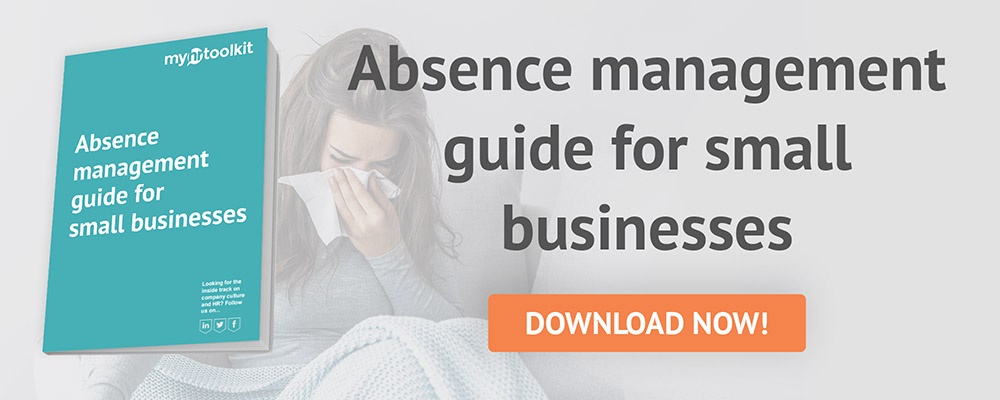What is a returned phase to work and how can it help businesses with long-term absence? Senior Employment lawyer Matthew Ainscough explains how an employer can use a phased return to support employees in making a successful return to the workplace after a long absence.
If there are employees who have been seriously ill and absent from work for long periods, a return to work interview before their return date is a good idea, as this can help to establish their fitness to return and re-integrate them into the workplace. Employers and employees can work together to identify any adjustments which might make things easier for them.
What is a phased return to work?

One of the adjustments that might be appropriate is a phased return. This is where the employee returns to work on a gradual basis, so they would return to work on reduced hours of work and gradually increase them, should their health allow.
How can a phased return to work help the business?
The aim of a phased return to work is to allow the employee to become accustomed to the working environment at a slower pace, and then they can begin to increase their working hours back up to their usual rate. Currently, employees are not entitled to SSP on the days they do not work while on a phased return.
A phased return could be an important tool in dealing with long-term absences successfully. Employees who have been off work for long periods may have difficulty adjusting to their full-time role and therefore a partial return on reduced hours could assist in gradually helping them back to the workplace. Employers should make sure that an employee’s phased return schedule is reviewed regularly to make sure that it is still appropriate.
Manage absences more effectively across the business with myhrtoolkit's absence management tools, created specifically for SMEs.
Rehabilitating an employee into work
Putting adjustments in place, such as a phased return, may help to rehabilitate an employee following long-term sickness absence, absence due to injury, or a recurring illness or disability, or stress. It would also help towards meeting the employer's obligations under the Equality Act 2010 in the case of a disabled employee, and would also help show that the employer has behaved reasonably in relation to any subsequent dismissal.
Learn more: How to implement capability dismissals fairly
Creating a phased return to work plan

It is a good idea to get together with the employee and draw up a phased return to work schedule (or plan) so that both parties know what will be expected during the phased return period.
For example, it might be agreed as follows:
- Week 1: Monday (off), Tuesday (half day), Wednesday (off), Thursday (half day), Friday (off)
- Week 2: Monday (off), Tuesday (half day), Wednesday (half day), Thursday (half day), Friday (off)
- Week 3: Monday (half day), Tuesday (half day), Wednesday (full day), Thursday (half day), Friday (full day)
- Week 4: Monday (full day), Tuesday (full day), Wednesday (half day), Thursday (full day), Friday (full day)
How much do employers pay an employee during a phased return?

The amount of pay the employee should receive while they are performing less than their full contractual hours is a matter of agreement between the parties, unless it is already covered in their contract of employment. Normally, the employer and employee will agree a pro-rata rate of pay for the work actually done.
In the absence of an express clause in the contract, it is unlikely that the employer would have a contractual duty to pay full pay for the employee working less than their full contractual hours. It also seems unlikely that this would be required as a reasonable adjustment in disability cases, though legal advice should always be sought in this case.
SSP
Any hours completed (even a half day) would not count as a day of incapacity for statutory sick pay (SSP) purposes, so SSP would not be available on those days. Additionally, if the employee works a partial week (with some days worked and some days not worked at all), the employee is unlikely to qualify as they would need to be off for three waiting days in order to be entitled to SSP.
Company sick pay
If the employer has a company sick pay scheme and the employee is still entitled to receive it at the time of their return to work, entitlement to full pay during the phased return period may depend on the wording of the scheme. Employers should be pragmatic about this.
For example, if the employee is potentially still entitled to full pay for remaining at home on sick leave, it may make little sense to pay them less money for coming into work, and this is unlikely to be received very well by the employee.
Read more from our blog
Can employers contact employees when they’re off sick?
How to reduce sickness absence in the workplace

Written by Matthew Ainscough
Matthew Ainscough is a Fellow of the Chartered Institute of Legal Executives (FCILEx), specialising in discrimination and employment litigation. He is a Senior Associate and Head of Employment Law at law firm Taylor & Emmet Solicitors. He writes about specialist employment law topics and issues.


 Holiday Planner
Holiday Planner Absence Management
Absence Management Performance Management
Performance Management Staff Management
Staff Management Document Management
Document Management Reporting
Reporting Health and Safety Management
Health and Safety Management Task Management
Task Management Security Centre
Security Centre Self Service
Self Service Mobile
Mobile




